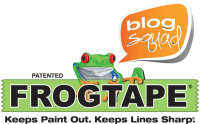I’m on vacation this week – hurray! I’ll still be in and out of “the office” but I’m so happy to have a few guests this week. First up is my super talented blog friend, Karen:
Hi DIY Showoff Readers, I am Karen, aka “Good Time Charlie from Redoux Interiors.

I am thrilled to be here filling in for Roeshel. I love Roeshel’s blog so much, probably for many of the same reasons you do. There are really good tutorials here, and I always learn something new. I am going to share with you how to make anything look like wood, for real!
Do you ever find a piece of furniture, especially a table, that you really wished had a rich, wood toned top, and you could paint the rest. The problem? The top is plastic, or veneer that is really in bad shape, or just ugly wood! These nightstands started out like this:

I had a vision for these two. I wanted them to have a rich wood top, and an expensive, creamy glazed body.

I achieved the look by using several layers of glaze. This isn’t hard, and you don’t really need any particular artistic skills, just a little practice, and you can start turning any surface into wood.

I come across a lot of Farm tables like this. Maybe you even have one in your home? The wood top is usually inferior wood that isn’t stainable. Many of these tables are built well, they just need an updated “Redoux”!

If you haven’t worked with glaze before, you might want to start by just familiarizing yourself with how it works, feels. Try antiquing something with glaze, and then adding another darker glaze to deepen the color, you will get the hang of this technique in no time.
Let’s get started, time to gather your materials:
I use Modern Masters products for this technique, they are high quality and the products are concentrated so I end up using less. You can purchase these online through the MM website, some Kelly Moore stores have them, or you can buy them from my distributor HERE. Alternatively, you can use similar products, and high quality, highly pigmented acrylic paints (best purchased at an art supply store)
NOTE: If you are painting a surface where water where will be present, I recommend starting with two coats of an oil based primer, I like Zinnser. Follow this with a light brown standard paint, to make your “base color”.
TIP: You can paint over an oil based primer with water based paints and glazes, but not vice versa. Make sense?


- Modern Masters Dead Flat Varnish, or Glidden Polycrylic in flat, or very low sheen
- *Foam roller, or old paint brush
- *High quality paint brush (I like Purdy Brand)
- Glazing medium (cream)
- *Tobacco Brown colorant (or warm wood acryclic paint color)
- Aged Mahogany colorant (or similar acrylic paint color)
- Van Dyke Brown or Coffee Bean Brown (this is a very dark brown color)
- Cheese cloths, cut in half, and wadded up to look like a “pom pom”
- Chip brushes, 2″, 3″, or 4″ (depending on the size of your piece)
1.Using the foam roller, apply varnish to a clean, lightly sanded surface. Using the high quality paint brush, lay off the varnish in the direction of the grain.
2.When 1st step is dry, prepare your glaze by making a mixture of TB colorant by a 1:6 ratio with glaze. Depending on how big of a piece you are glazing, start by making a small amount, you can always make more.
3. Using a chip brush, apply Tobacco Brown glaze all over surface, generally following the grain, (or if there is none, in the same direction). While this is still wet, apply your Aged Mahogany colorant straight out of the bottle. I like to pour some onto a paper plate and then use a chip brush to (dab it on). It should look like this when you are finished with this step.

4.Now Use your cheesecloth Pompom to pull the glaze in the direction of the grain. The pompom will absorb the excess glaze and softens the look. When your cheesecloth is loaded up with glaze, you can use it to apply glaze to the sides and details. Also, just sort of re”pompom” it to use a dryer section, and continue doing so until your cheese cloth is all used. Use your chip brush to pick up the excess glaze that may have settled in corners and grooves.

5. Prepare your next layer of glaze by using a mixture of the Van Dyke Brown (or very dark brown) in a 1:1 to ratio. This is a very strong mixture, if you want your wood to be lighter, use more glaze to colorant ratio. Apply Dark Brown glaze with a chip brush in the same way you did the first layer. If you are doing a cabinet door, start with the middle, and work your way to edges. Again, soften and “remove” excess glaze with a Cheesecloth “pompom”, following with a chip brush like you did in step #4.

***Optional step*** If you desire a richer, darker look, you can experiment by repeating the first step, just by adding another layer of the Tobacco Brown glaze, and then when dry, another layer of the Dark brown glaze.
6. You can decide to leave your finish as is, or you can take this optional step. When glaze is completely dry, use some of your dark brown colorant straight from the bottle. (Again, I like to pour it onto a paper plate). You can apply some to the edges, using a chip brush, and randomly throughout your piece to “darken” the wood. Use a rag to “blend” the colorant.

8. When you have achieved the desired look, seal with protectant of your choice. I have used wax or a clear coat, or nothing, depending on where my piece will be used. Both will work beautifully with this finish.
Tip: This is one of my favorite glazing “tricks”. You can try this on just about any surface. If you are painting a surface that is not easy to paint, i.e. laminate, etc., then it is a must that you begin with a high adhesive primer.
Here is the kitchen table I did, completely “glazed over”
Before:

Close up of corner:




One more note…..the chairs were black with the same fakey wood on the seats. I used my sprayer to paint out the chairs and the table base with Sherwin Williams Tricorn Black in an outdoor paint they carry called “Resilience”. I don’t usually use an exterior paint for indoor use, but this family has small children, entertains often, and I decided to go with something that would hold up to all kinds of wear and tear, and lots of wiping down!
The wonderful thing about this glaze treatment is the endless choices of wood tones you can come up with. Once you get comfortable with this method, you can begin experimenting with all different colors of glaze and colorants. Here are some other samples of work I have done using this technique:
This bathroom was honey colored Oak. The owner’s master bedroom was all Cherry Stained wood, I added more red tones using more Aged Mahogany to achieve this look:

This bathroom had all white laminate cupboards and did not match the English Country Style of the rest of the Decor. I used less red and dark tones to achieve this look:

This was a large, very light colored built in Oak cabinet. It didn’t suit the new owner’s tastes. Instead of stripping and staining the entire piece. (which would have been very long, laborious, and EXPENSIVE!), I used my glazed wood technique. The new owner’s were delighted. They had a rich, dark, built in, for a fraction of the cost and time it would have taken to strip and stain the entire piece.

Hopefully I inspired you to go create your own wood on some unsuspecting furniture! It is really fun to experiment with this technique. I would love to hear from you if you have more questions, or even better, see your results!

What an awesome technique! Would you look at that gorgeous dark rich wood? ::insert whistle:: Thank you so much, Karen for sharing your tricks with us! Can’t wait to give this a try!!!








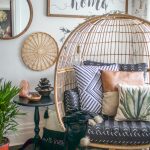
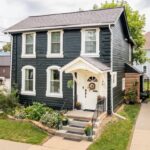
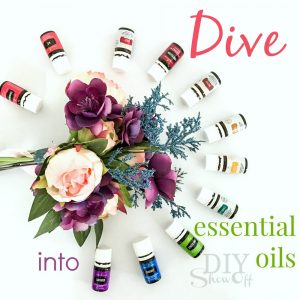
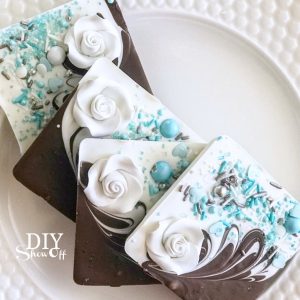
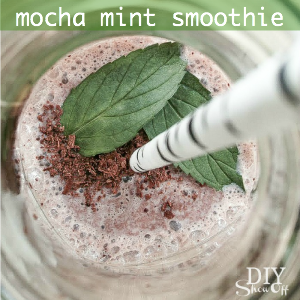

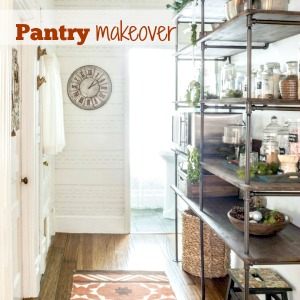
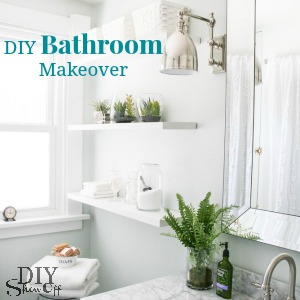

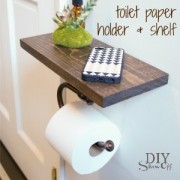
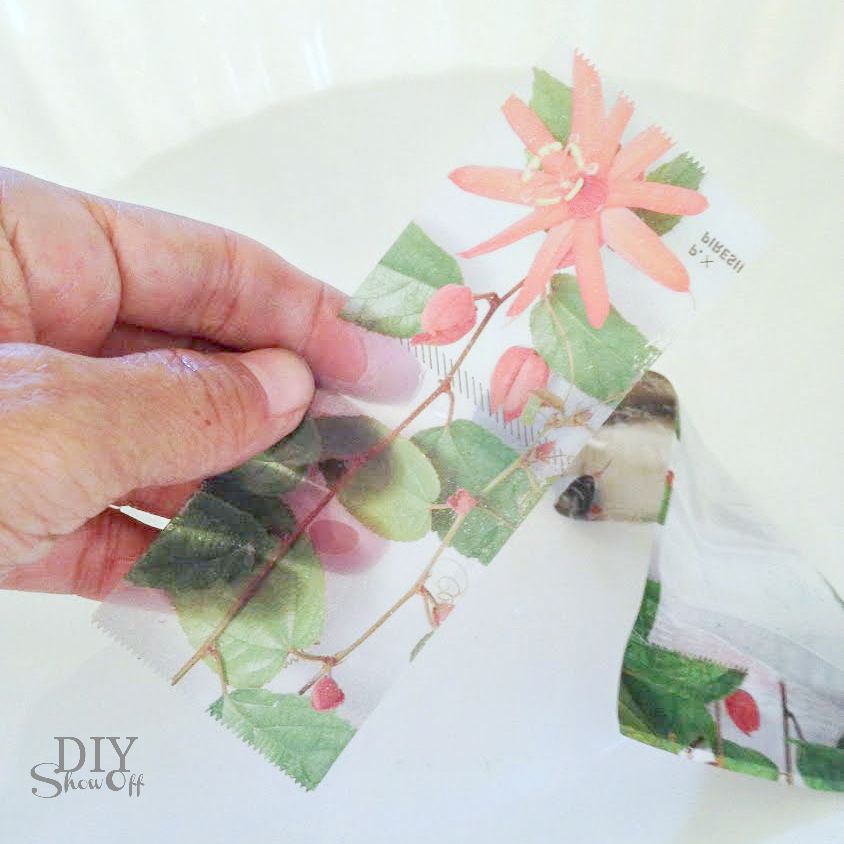
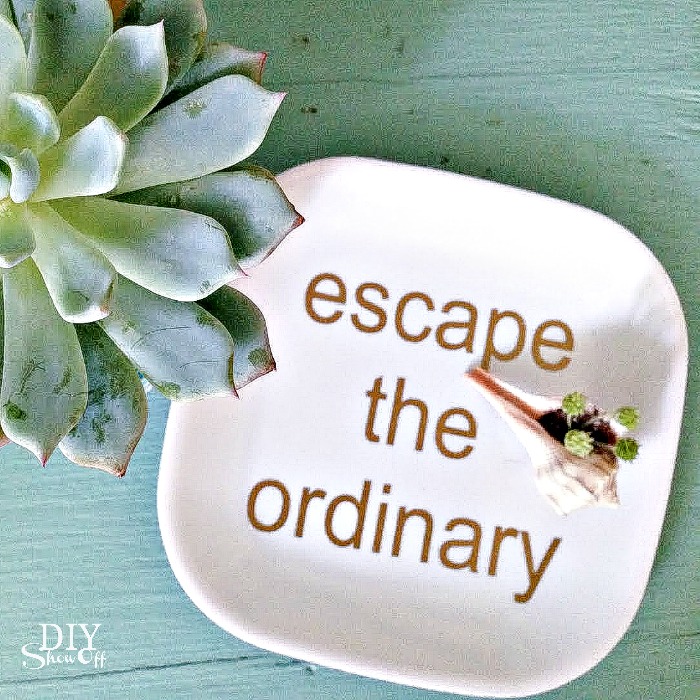
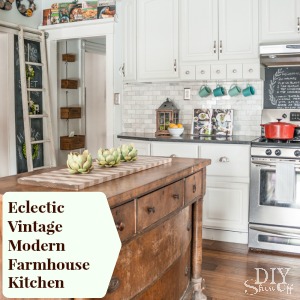
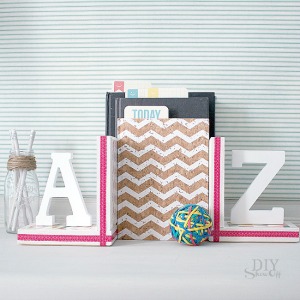
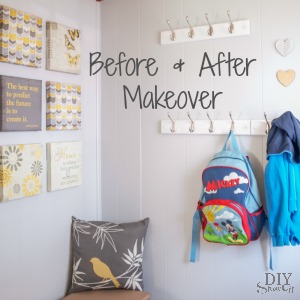
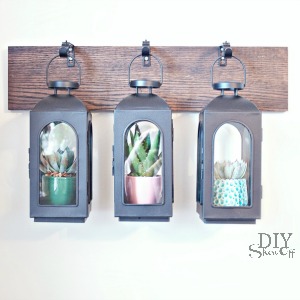
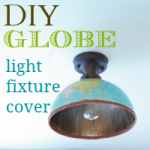



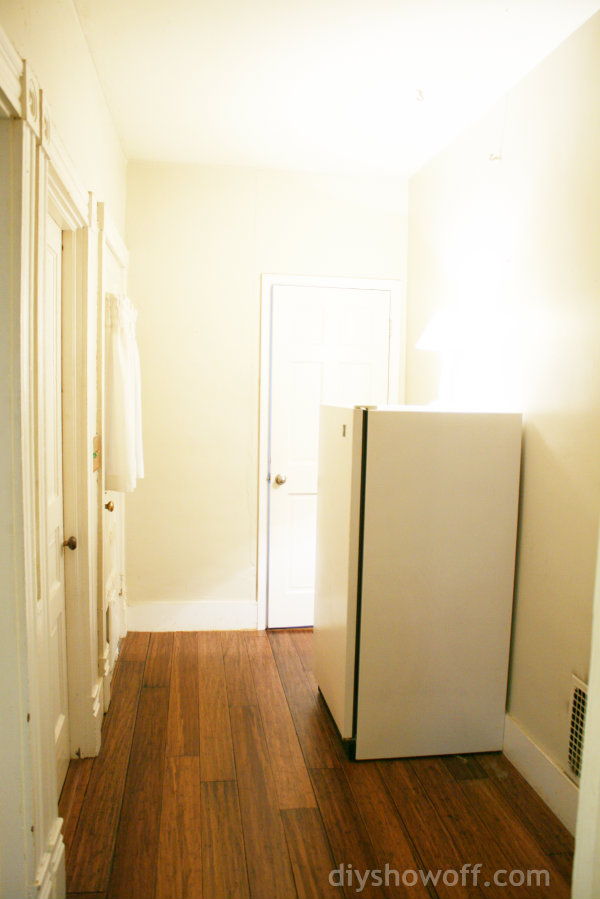

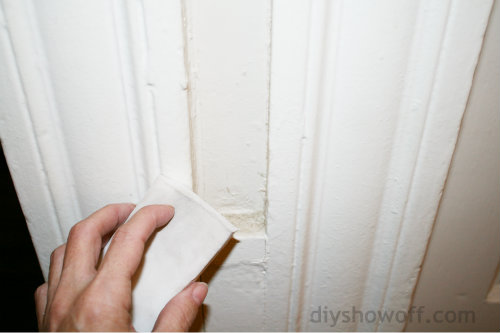
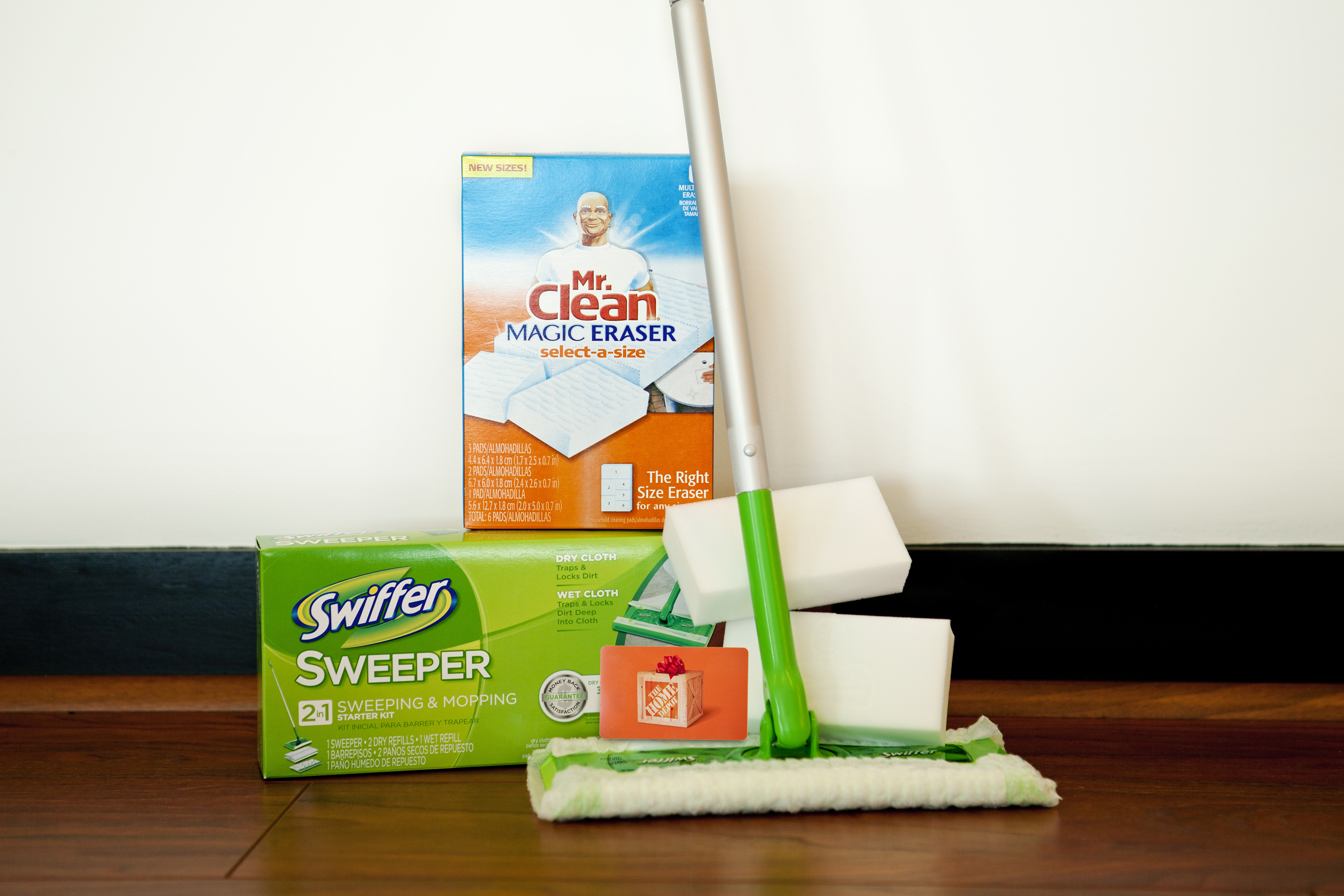


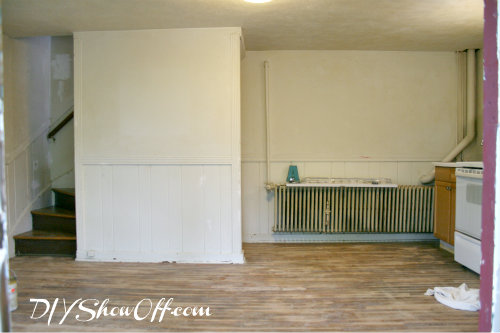

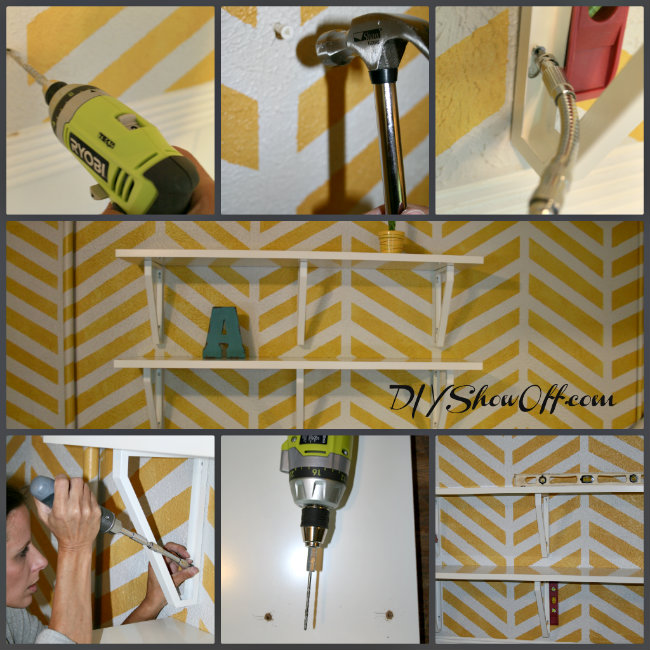
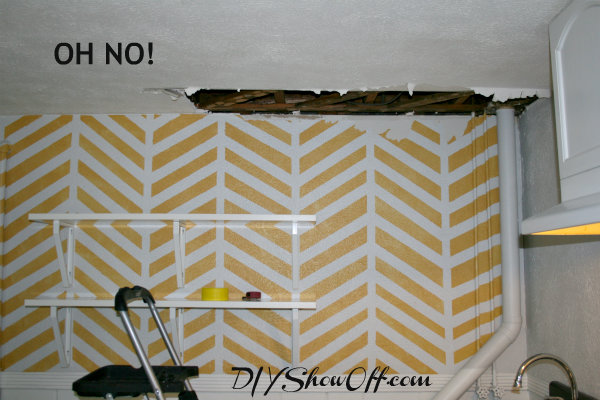

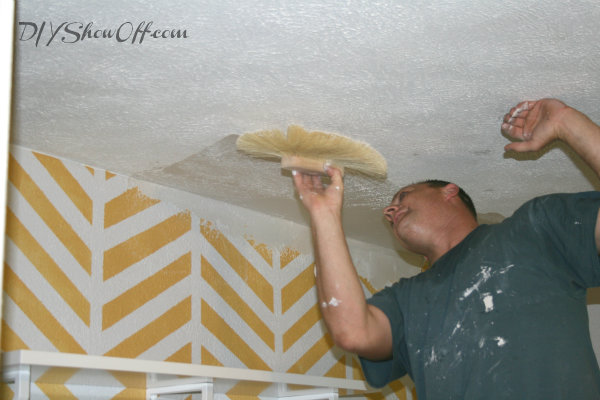

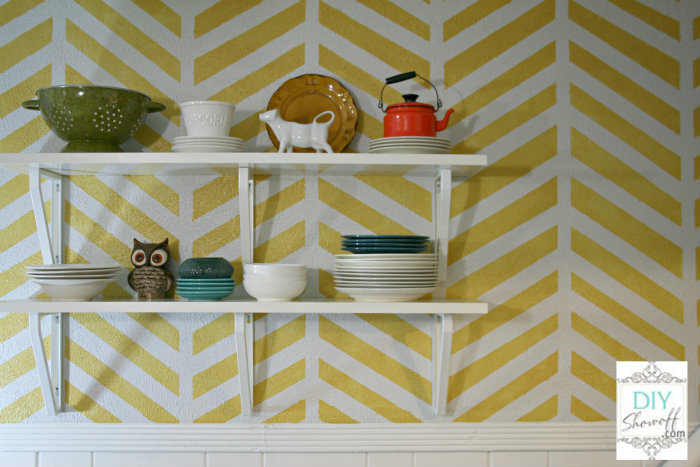
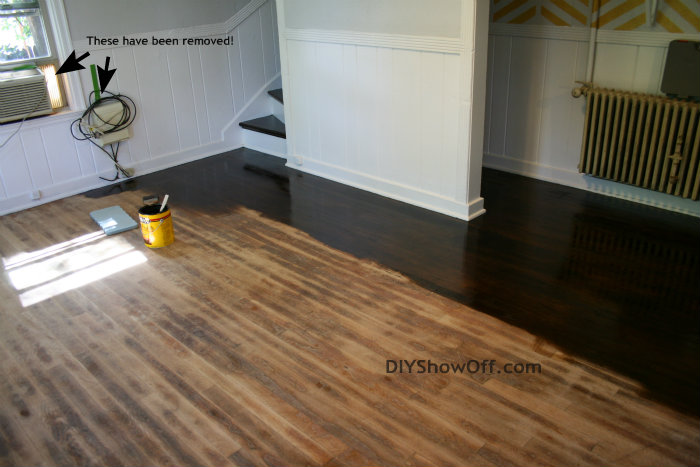
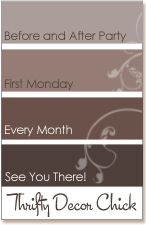

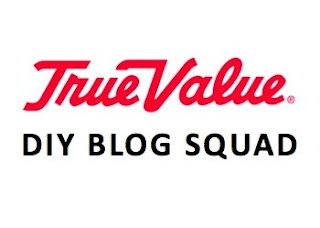 This is a sponsored post brought to you by FrogTape. The opinions are completely my own based on my own experience.
This is a sponsored post brought to you by FrogTape. The opinions are completely my own based on my own experience. 